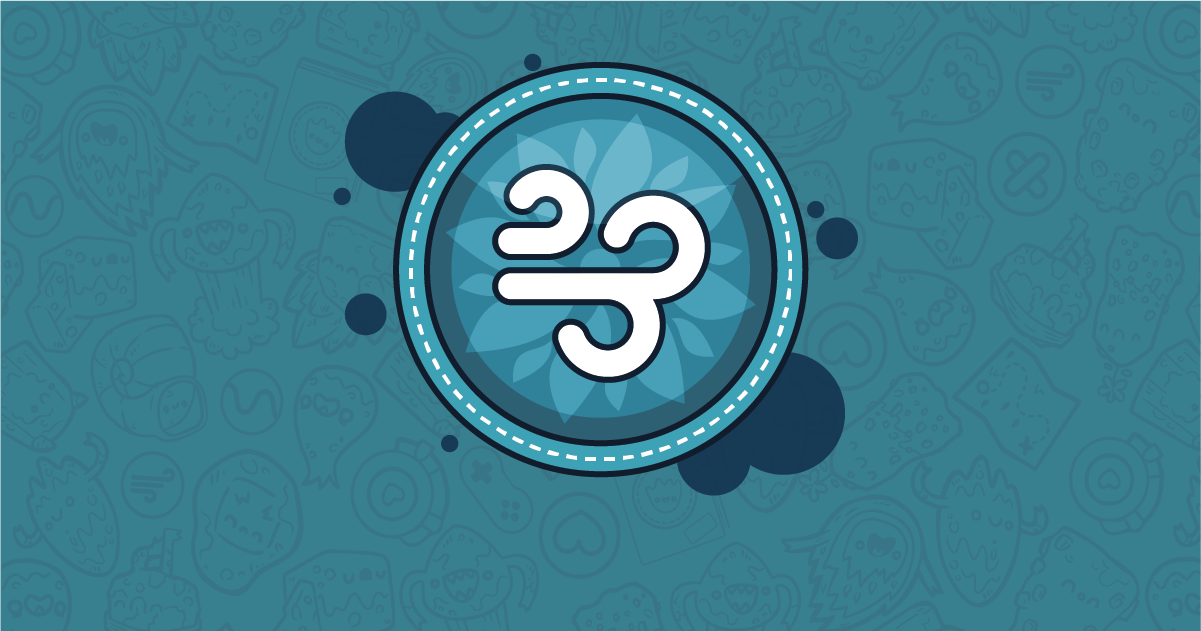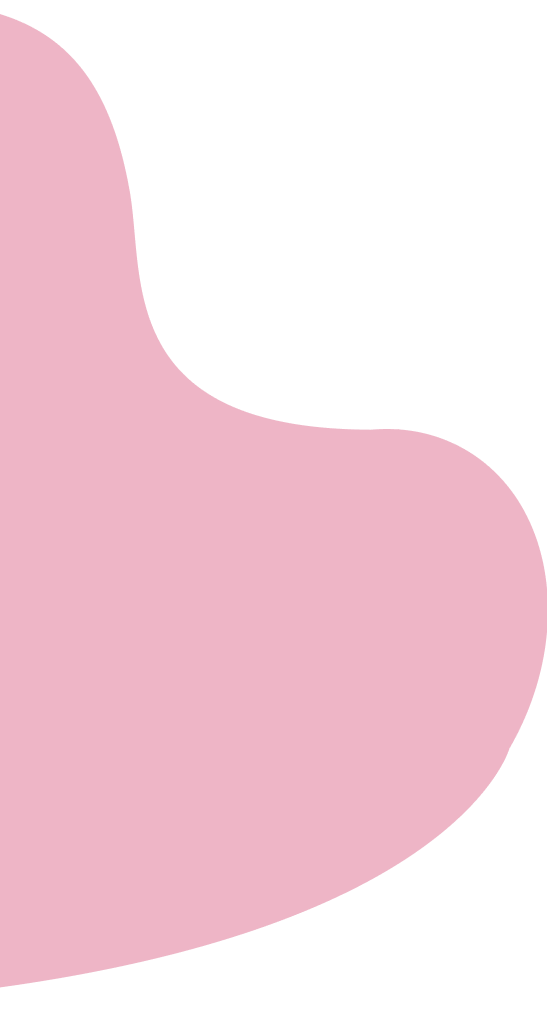

Big feelings don’t have to be a big problem
Mightier blends digital gaming with off-screen activities to teach coping skills through play.
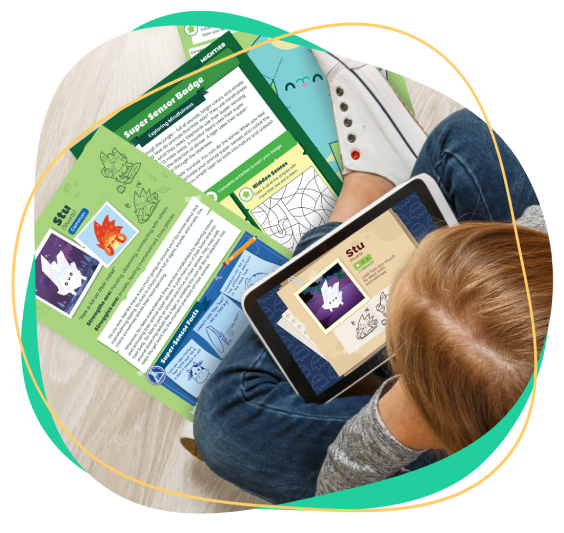

Clinically validated to support kids ages 6-14 with:
Anxiety
ADHD
Anger

Autism
Outbursts
ODD

Anxiety
ADHD
Anger
Autism
Outbursts
ODD
Tested and developed at


Happier kids, happier families
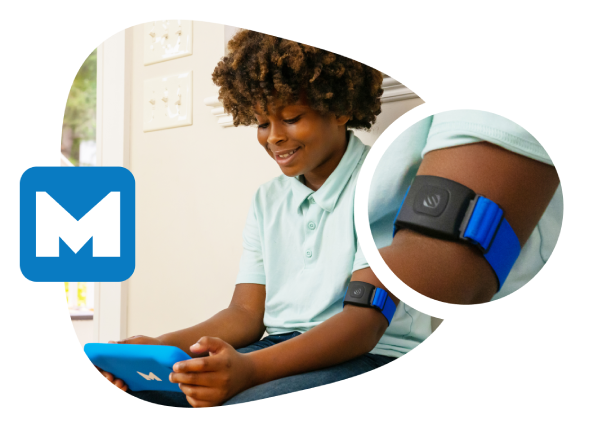
Game-based program to help your child build calming skills
-
Mightier Game App: 25+ games that teach your child how to regulate their emotions and use calming skills.
-
Heart Sensor: Bluetooth connected armband that acts as an emotion meter during gameplay.
-
Optional: Mightier Tablet
Off-screen activities to help your child translate skills to real life
-
Monthly Skill Packs: Explore emotions and build emotional awareness through crafts, games and stories sent monthly.
-
Conversation Starters: Playful prompts to spark family conversations about emotions with openness and acceptance.
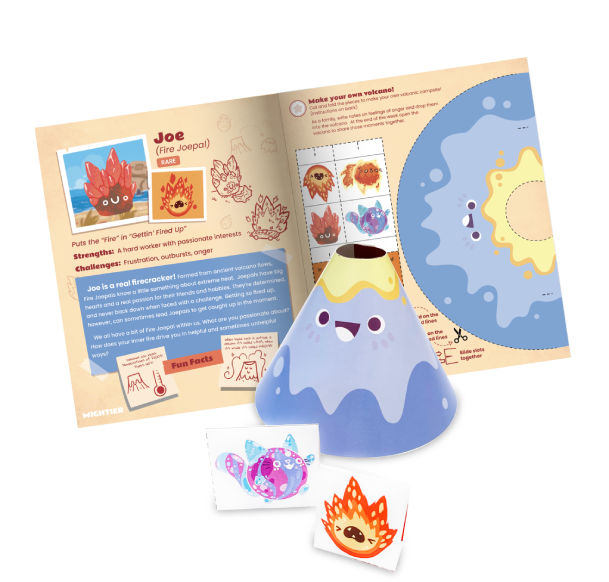
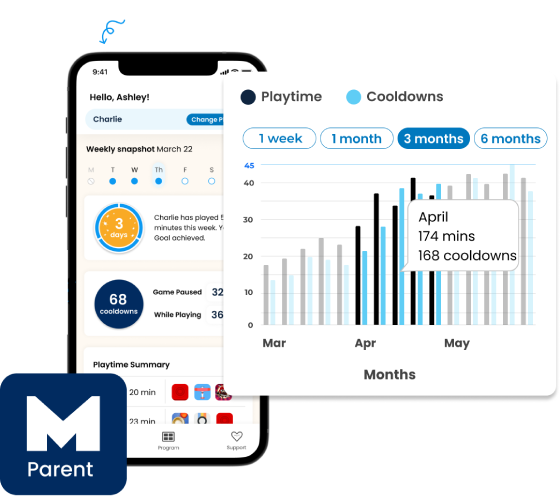
Parent supports to help you help your child’s growth
-
Mightier Parent App: Follow your child’s progress with real-time data, resources and support.
-
Parent Community: Connect with other families to learn and share experiences.
-
Live Parent Support: Reach out to our live tech and program support Monday-Friday.
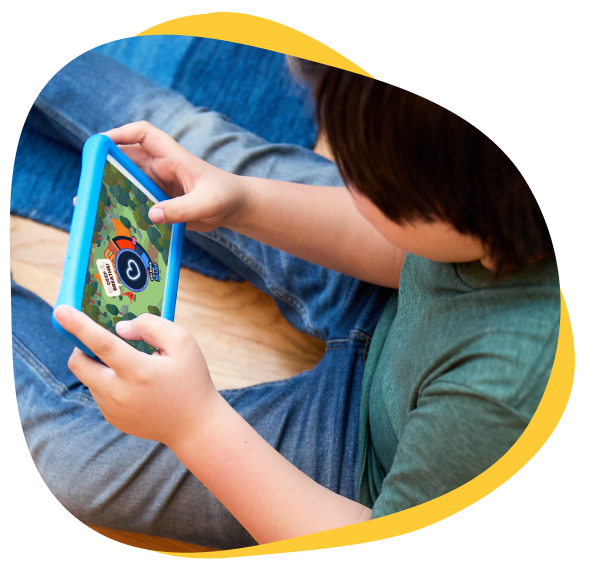
25+ games!
From races to puzzles, fun fruit smashing to complex story games, Mightier has something for everyone.
Find out more!

Discover how Mightier changes lives

It took us a few months. He eventually realized that he had the control over his own deep breathing – he did it by habit one day. Until then, when I suggested it, he refused. For him it was a control issue, and it is amazing that he got over it. 😊 He will now usually cooperate when I suggest deep breaths.


We love the fact that Mightier provides agency for our daughter. It supports the opportunity for her to learn how to manage her emotions without the direct involvement of parents or therapists


Mightier was able to confirm that skills I was teaching her were valid and valuable, plus using them in a fun format allowed her to build those skills without it feeling like work.

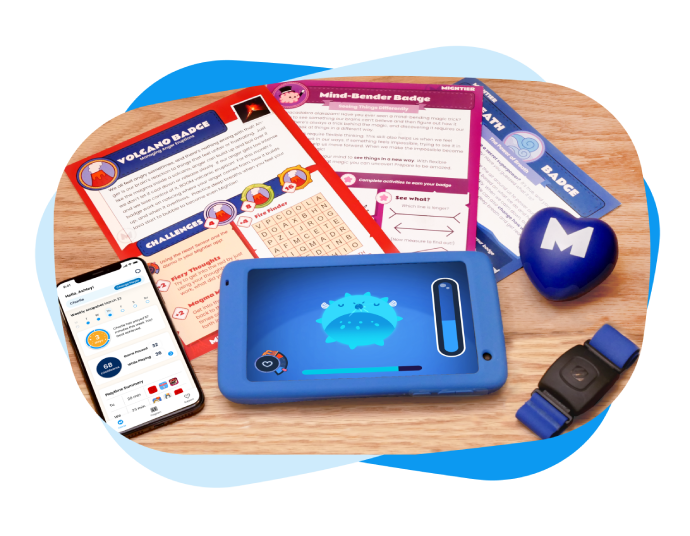


Sign up for a free-toolkit with curated articles and activities.
Which topic does your family need support with?
ADHD
Autism
Anxiety / Worry
Anger/ ODD
I’m not sure/ Other
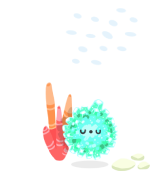
Resources and Activities
-
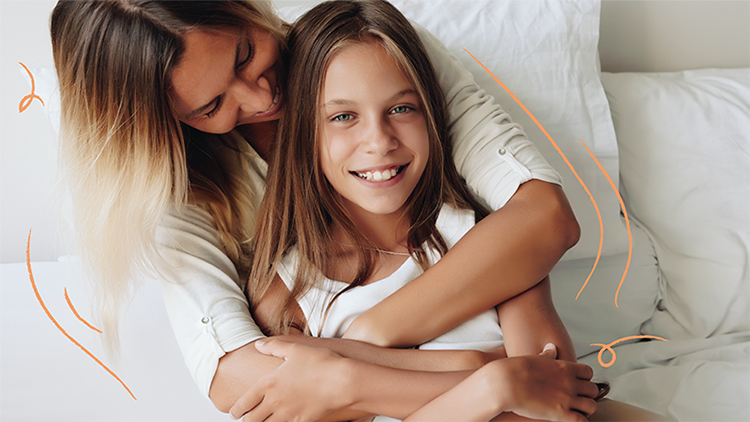
5 Ways Medicaid Plans can Help Kids Who are Neurodivergent and their Parents
Let's stop making families work for care. Let's make...
Read more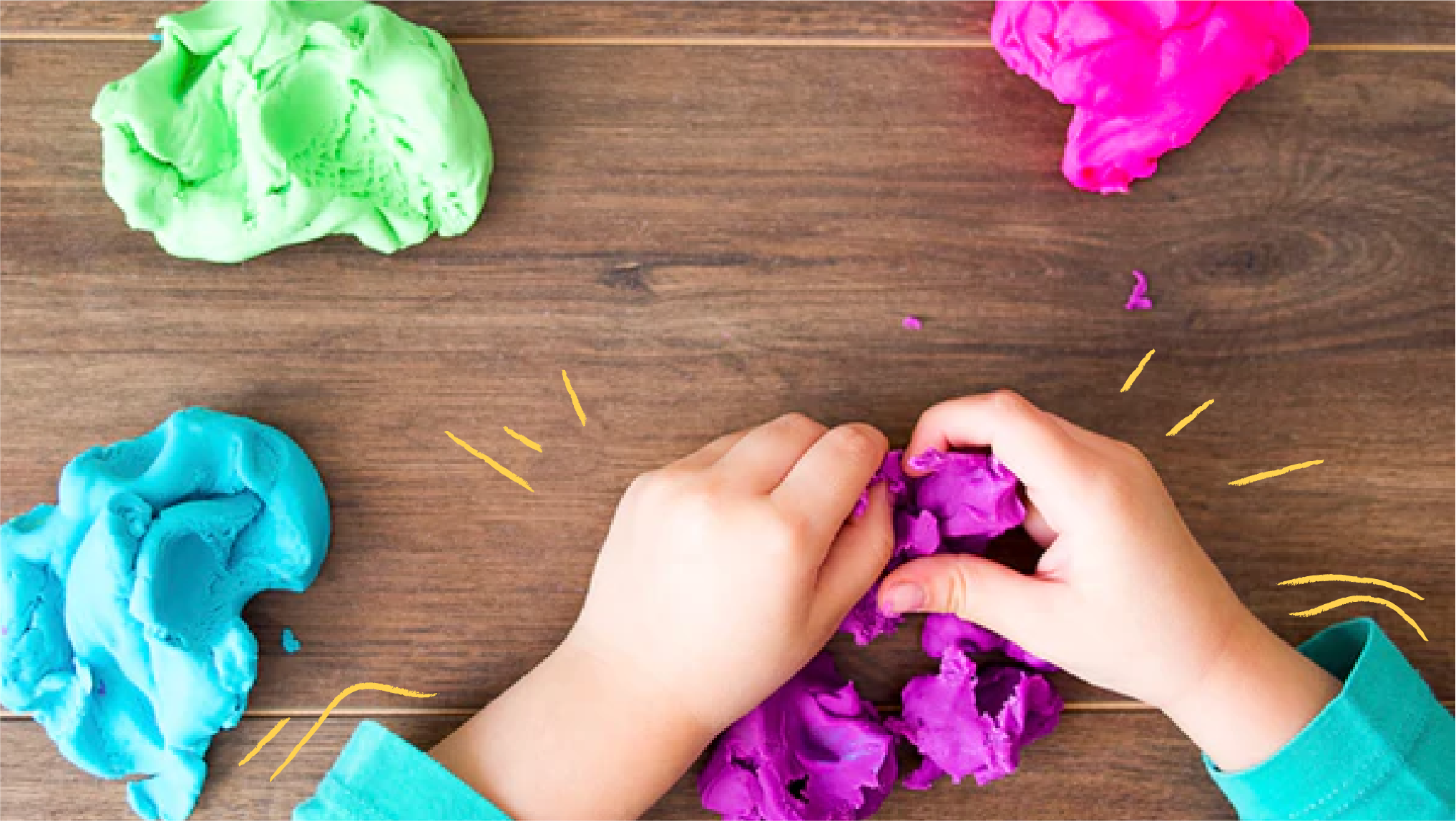
5 Activities to Support Neurodivergent Children’s Sensory Needs
We all have different sensory needs and preferences, sensations...
Read more